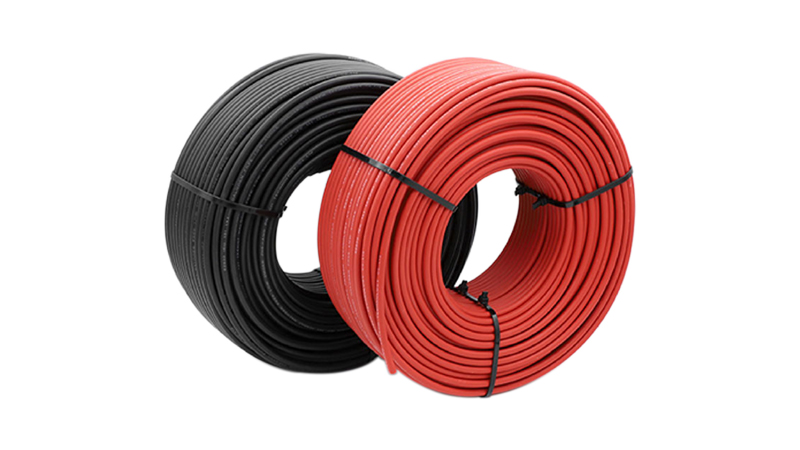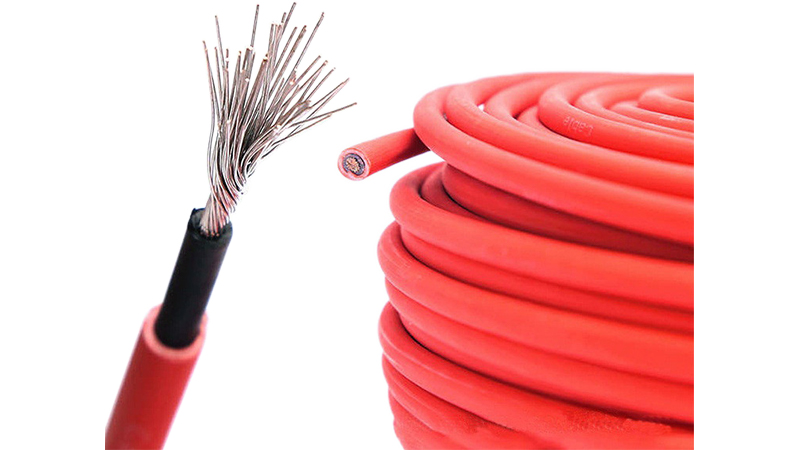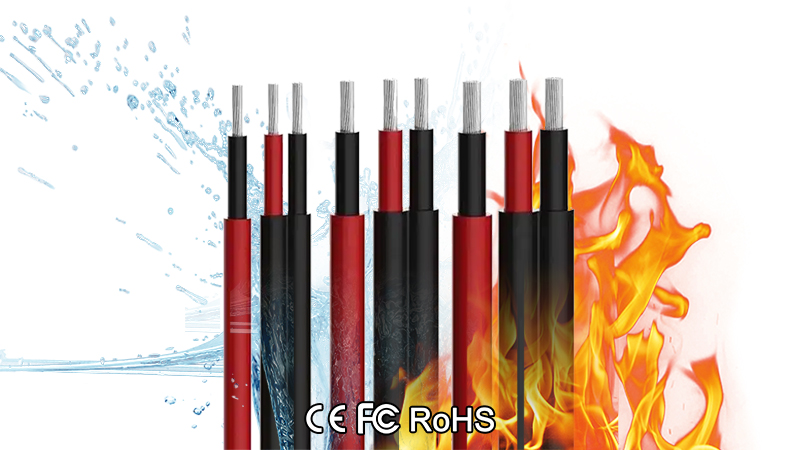In the photovoltaic system, the choice of cable is a complex and critical link, need to consider a variety of factors to ensure the safety, efficiency and economy of the system.

The following aspects should be considered when selecting photovoltaic cables :
1. Cable types : There are three main types of cables used in photovoltaic systems:
2. Conductor material : Copper or aluminum is usually used as the conductor material. Copper conductors are preferred because of their excellent electrical conductivity, but aluminum conductors have certain advantages in terms of cost. The selection should take into account the station's current load, cost budget and safety requirements .

3. Specification selection : The specification of the cable should be determined according to the system design requirements and current load. Common DC cable section specifications are 4mm² and 6mm². For large projects or where large current loads need to be borne, cables with large sections should be used to reduce voltage drops and losses.
4. Insulation and sheath materials : insulation materials should have good weather resistance, UV resistance and chemical corrosion resistance. Common insulation materials include cross-linked polyethylene (XLPE), polyvinyl chloride (PVC) and so on. Sheath materials need to protect the cable from the external environment. Common sheath materials include polyvinyl chloride (PVC), polyolefins (PO), etc. .
5. Temperature class and environmental adaptability : The long-term operating temperature of the photovoltaic cable should not exceed 90 ° C, and the temperature should not exceed 250 ° C during short circuit. The cable must be able to resist harsh outdoor environmental conditions such as rain, direct sunlight, ozone and ultraviolet light, so a sheath material with UV protection should be selected .

6. Safety and Certification : Cables must pass relevant safety testing and certification, such as UL testing or TUV certification, to ensure their safety in real-world applications. At the same time, the cable must comply with national and industry standards, such as GB/T 51368-2019 and NB/T 42073-2016, etc. .
7. Economic considerations : Select reasonable cost cables to reduce the total cost of the system while meeting safety and reliability. This requires a technical-economic comparison of different types of cables, taking into account factors such as the cable's carrying capacity, cost, laying difficulty and maintenance expense .
8. Other precautions : The cable length should be determined according to the actual needs of the system and the site environment. Too long or too short a cable may affect the operating efficiency and safety of the system .

In short, when selecting cables in photovoltaic systems, it is necessary to comprehensively consider the types, materials, specifications, environmental adaptability, safety and economy of cables, and strictly follow relevant standards and specifications to ensure efficient operation and long-term stability of the system. If you have more questions or want to know more about solar PV cables, please contact us and our professional team will be happy to provide you with support and answers.
You can also contact us directly in the following ways: visit, telephone, email